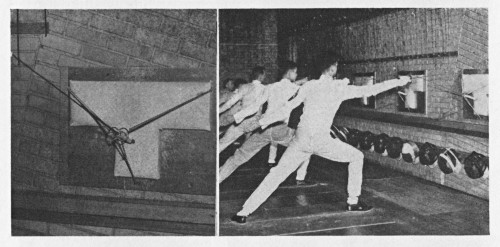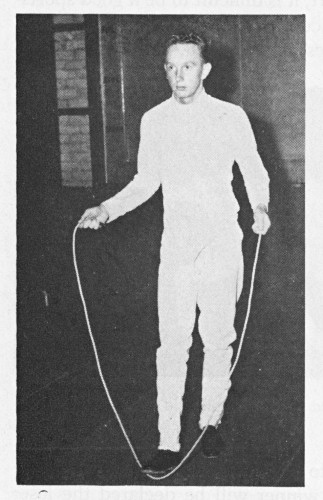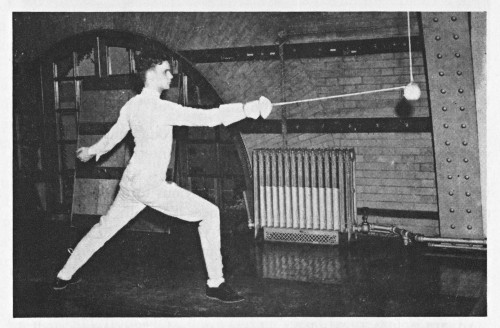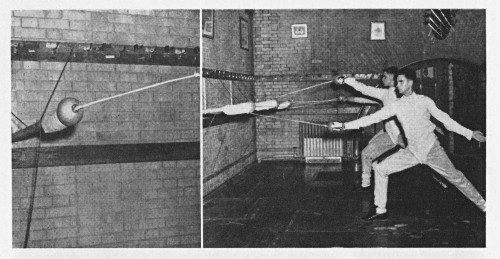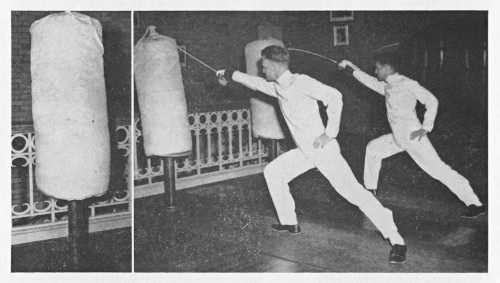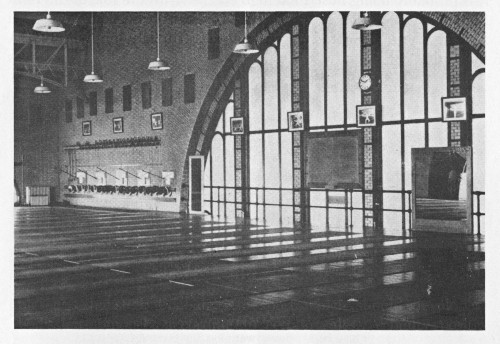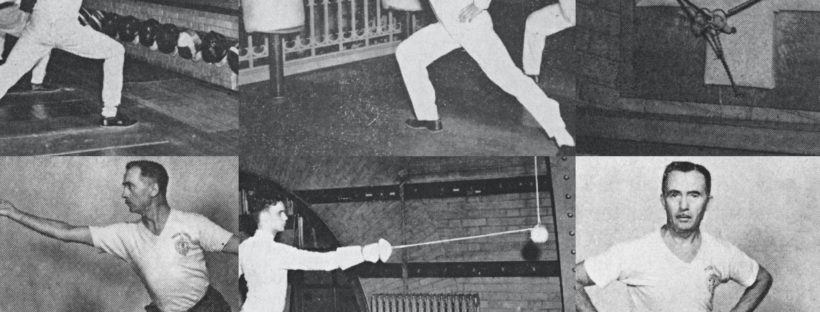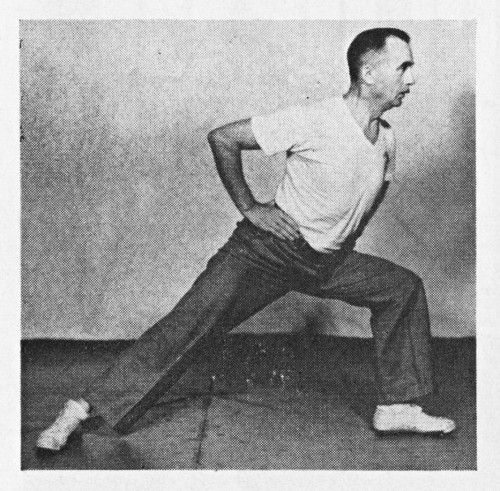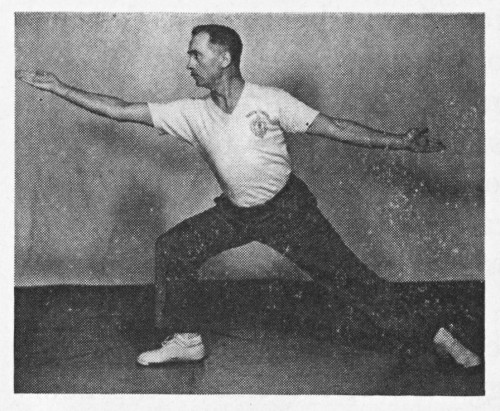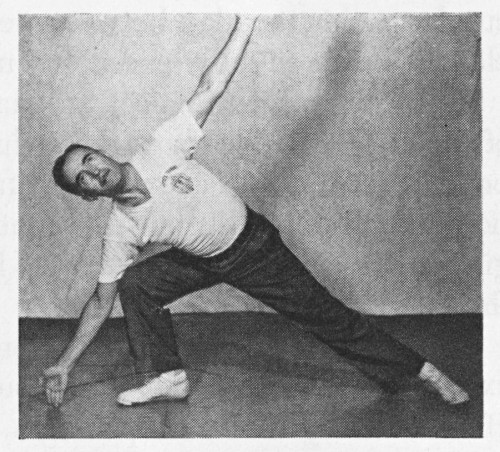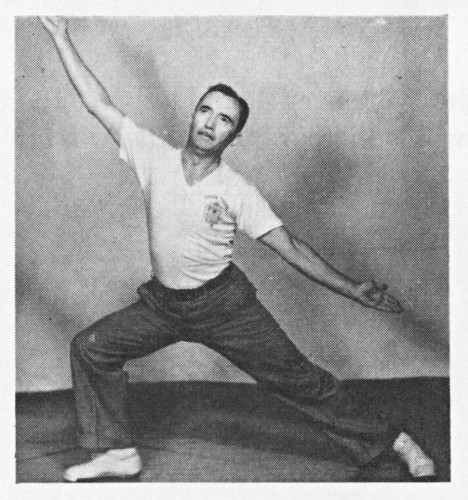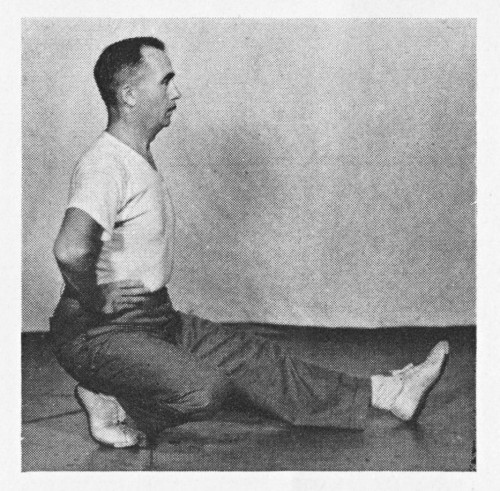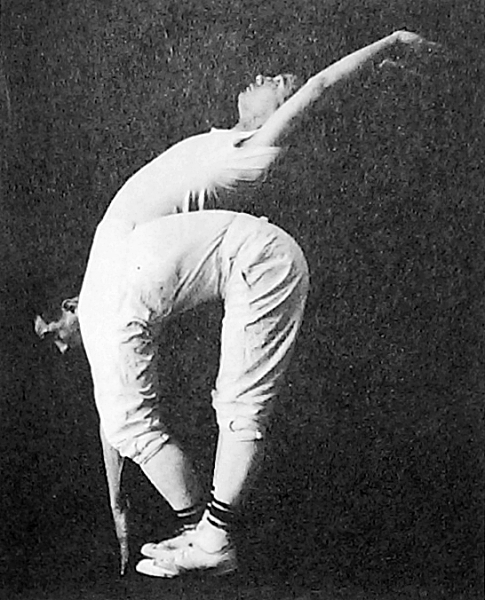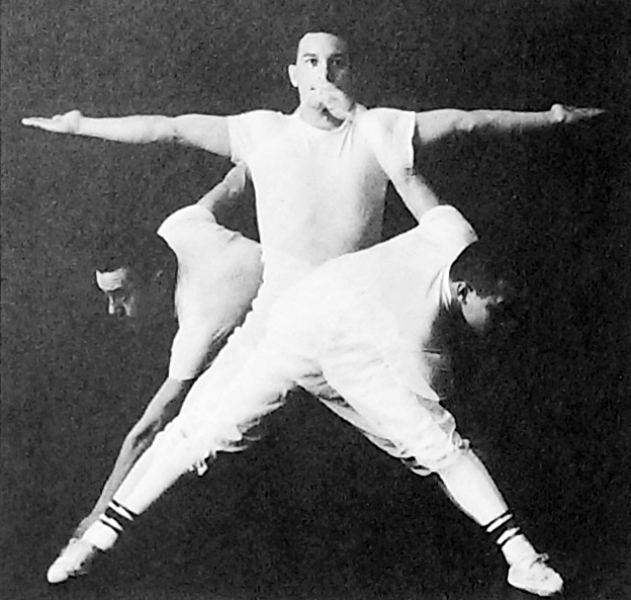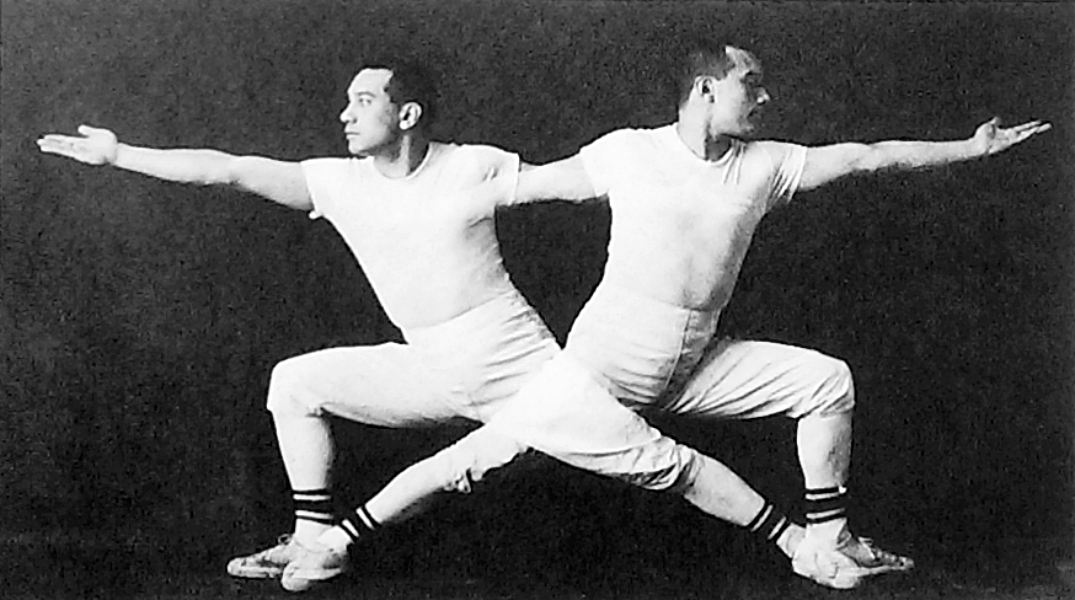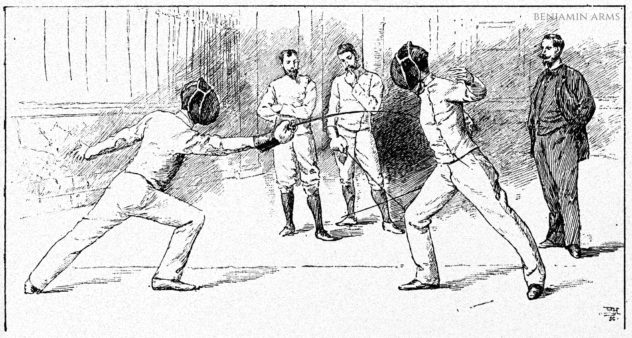Fencing warm ups and conditioning are key components to becoming a powerful fencer. They help tone, strengthen, and attune one’s body to one’s will. In his book Fencing, Hugo Castello outlined a series of exercises and warm ups for fencers. Hugo Castello succeeded his father, Julio Castello, as the coach of New York University’s fencing program in 1947.
Castello, Hugo & Castello, James. Fencing. The Ronald Press Company. New York. 1962. Pages 83-89.
Warm-Up Exercises for Fencing. The following exercises (as illustrated) are of special importance to the fencer, and should form part of the regular warm-up period:
1. From attention, bend and touch the floor in front of the toes (keep the knees straight). Recover and reach overhead and back, flexing the back as far as possible. Repeat.
2. From stride position, with arms extended at the sides at shoulder height, turn the trunk from the hips as far to the right as possible; repeat to the left.
3. From stride position, with arms extended at the sides at shoulder height, reach and touch the right toe with the left hand, recover, repeat to the left.
4. From the On Guard position, lunge on the right leg. Without recovering to the On Guard, shift the position of the feet 90 degrees and lunge on the left leg. Repeat.
5. From the lunge position, turn on the heels and sink into a deep knee bend position on the lead leg. Recover to the lunge position. Reverse the lunge and repeat on the other side.
The regular fencing footwork-on guard, advance, retreat, lunge, advance and lunge, fleche, and combinations of these actions-should also form part of the preliminary warm-up.
